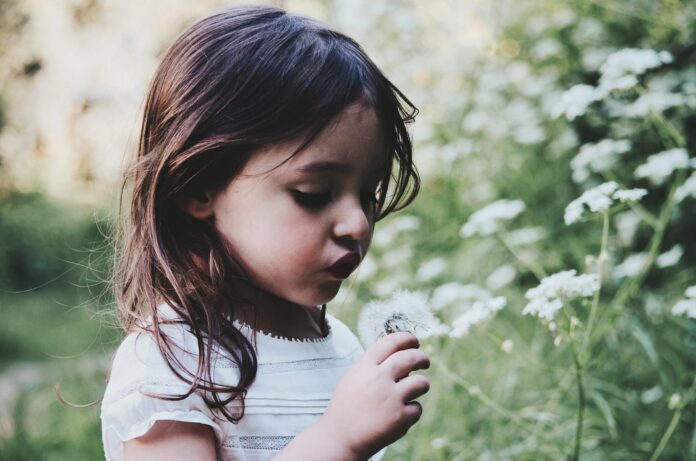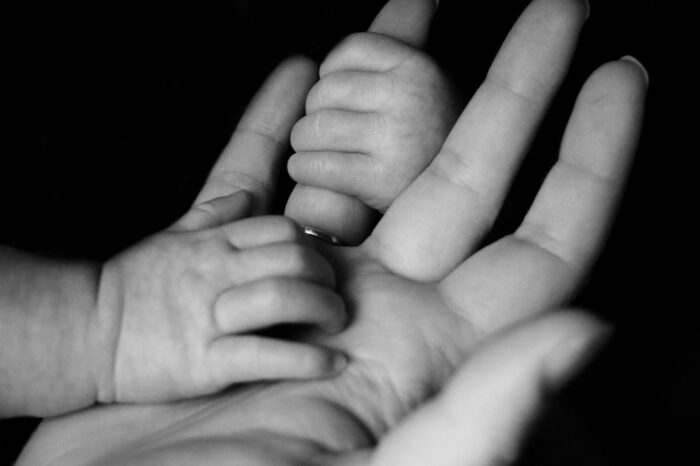
Inside each of us resides a child. This “inner child” is a vital part of our psyche, carrying memories, experiences, and feelings from our past. This inner child can hold joy and creativity, but it can also carry childhood wounds. These wounds, often overlooked, can significantly impact our mental health and well-being. Fortunately, healing these wounds is possible. This article will guide you through understanding your inner child wounds and provide a detailed roadmap to healing them.
Understanding Inner Child Wounds
Inner childhood wounds are emotional injuries we suffered during our formative years. They are the painful residue of unfortunate events, unmet needs, and difficult family dynamics that have left lasting imprints on our psyche.
Childhood experiences profoundly shape our emotional patterns and behaviors. A nurturing environment fosters secure attachment and emotional resilience, while negative experiences can result in fear, distrust, and emotional dysregulation. Understanding this connection is a vital first step in addressing inner child wounds.
Signs of unhealed inner child wounds can manifest in various ways. You may struggle with low self-esteem, emotional instability, or difficulties in relationships. You may find yourself overreacting to situations that stir up old memories or feelings. Recognizing these signs is an important step towards healing.
Benefits of Healing Inner Child Wounds

Healing these wounds has a transformative effect on mental health. It’s a journey of self-discovery, self-compassion, and renewed strength, providing the foundation for healthier relationships and a more fulfilling life.
Healing wounds positively impacts mental health. It reduces anxiety and depression, fosters emotional balance, and enhances self-esteem. Recovering from these allows us to navigate life’s challenges more effectively and enjoy healthier relationships with ourselves and others.
Self-awareness and self-compassion are integral to the healing process. Recognizing and acknowledging inner wounds allows us to understand our feelings better and respond to them compassionately. This compassionate self-awareness is a pivotal step towards healing.
Recovering from these wounds opens up the possibility of breaking unhealthy cycles and improving relationships. As we heal, we develop healthier coping mechanisms, express emotions more constructively, and build deeper, more satisfying relationships.
Step-by-Step Guide to Healing Inner Child Wounds
Acknowledging Your Inner Child And Its Needs
The first step towards healing is to acknowledge your inner child and its needs. This involves recognizing the existence of your inner child and understanding that it carries real emotions and needs that demand your attention and care.
Creating A Safe And Nurturing Space For Inner Child Healing
Creating a safe and nurturing space for the healing process is essential. This space can be a physical location where you feel secure or a psychological space where you allow yourself to explore your feelings without judgment or fear.
Revisiting past experiences and acknowledging pain
Revisiting past experiences and acknowledging the associated pain is a challenging but essential part of the healing process. By confronting these painful memories with compassion and understanding, you initiate the process of healing.
Practicing self-compassion and self-forgiveness
Practicing self-compassion and self-forgiveness is a crucial aspect of healing inner child wounds. It’s about accepting that you did the best you could with what you knew and had at the time. By forgiving yourself, you let go of the toxic guilt and shame that often accompanies inner childhood wounds.
Embracing and nurturing your inner child through self-care
Embrace and nurture your inner child through regular self-care. This involves prioritizing your physical, emotional, and psychological well-being and taking active steps to maintain it. Regular self-care reinforces the healing process and promotes a healthier relationship with your inner child.
Techniques for Inner Child Healing

Inner child journaling: Reflecting on past experiences and emotions
Inner child journaling is a powerful technique that allows you to investigate your past experiences and emotions. The act of writing can provide a safe space to explore and express your feelings, fostering understanding and healing.
Visualization and meditation: Reconnecting with your inner child through guided imagery
Visualization and meditation offer a pathway to reconnect with your inner child. Guided imagery meditation can help you visualize your inner child, hold compassionate conversations with them, and reassurance that they are safe and loved.
Creative expression: Using art, writing, or other creative outlets to express and heal
Creative expression, such as art, writing, or other creative outlets, serves as a therapeutic tool for expressing and healing your wounds. By channeling your emotions into creative endeavors, you can process your feelings in a healthy, cathartic way.
Dialogue with your inner child: Engaging in conversations to understand and heal wounds
Engaging in conversations with your inner child can provide profound insights into your emotional needs and wounds. This technique involves visualizing your inner child, asking them what they need and how they feel, then listening with empathy and openness.
Cultivating Self-Compassion and Self-Love
One of the most transformative aspects of healing your inner child wounds is cultivating self-compassion and self-love. These practices not only facilitate healing but also foster a deep-seated sense of self-worth and self-respect.
Self-compassion is vital in the healing journey. It involves being kind to yourself, especially in moments of pain or failure. By treating yourself with the same kindness and understanding that you would offer a good friend, you foster healing and self-acceptance.
Practicing self-love reinforces positive self-esteem and self-worth. This could mean setting boundaries, prioritizing self-care, or engaging in activities that you enjoy. Nurturing self-love promotes a healthy relationship with your inner child, facilitating healing and growth.
Challenging self-criticism and negative self-talk is another crucial aspect of fostering self-compassion and self-love. By recognizing and challenging your inner critic, you can replace negative self-talk with affirming, compassionate narratives, encouraging healing and self-acceptance.
Seeking Professional Support

Professional therapy or counseling can be an invaluable resource in your journey to heal inner child wounds. Therapists and counselors can provide expert guidance, support, and therapeutic modalities to facilitate your healing process.
Recognizing when to seek therapy or counseling for inner child healing is essential. If you find your wounds too overwhelming to handle alone or if they significantly impact your daily life, it may be time to seek professional help.
Therapists and counselors play a pivotal role in facilitating healing. They provide a safe, non-judgmental space for you to explore your wounds, offer professional guidance to navigate your healing journey, and equip you with practical tools and techniques for your healing process.
Therapeutic modalities like cognitive-behavioral therapy, psychodynamic therapy, or art therapy can be highly beneficial in facilitating inner child work. Each of these therapies offers a unique approach to understanding and healing your inner child wounds.
Conclusion
Healing inner child wounds is not just about resolving past pain; it’s a journey towards self-understanding, self-compassion, and profound personal growth. By healing these wounds, you are not only strengthening your mental health but also unlocking the door to a healthier, more fulfilling life.
This journey may not be easy, but it is profoundly rewarding. As you navigate through the memories, emotions, and experiences of your inner child, you will discover not just wounds that need healing, but also an inherent strength and resilience that will guide you through.
Embrace the journey, honor your inner child, and cultivate compassion towards yourself. Remember, every step you take towards healing is a step towards a more fulfilling, joyful life. And as you heal, you reclaim not just your inner child’s joy, but also your right to live fully and authentically. Thus, the process of healing your inner childhood wounds is truly a journey worth embarking on for a healthier, happier you.
















